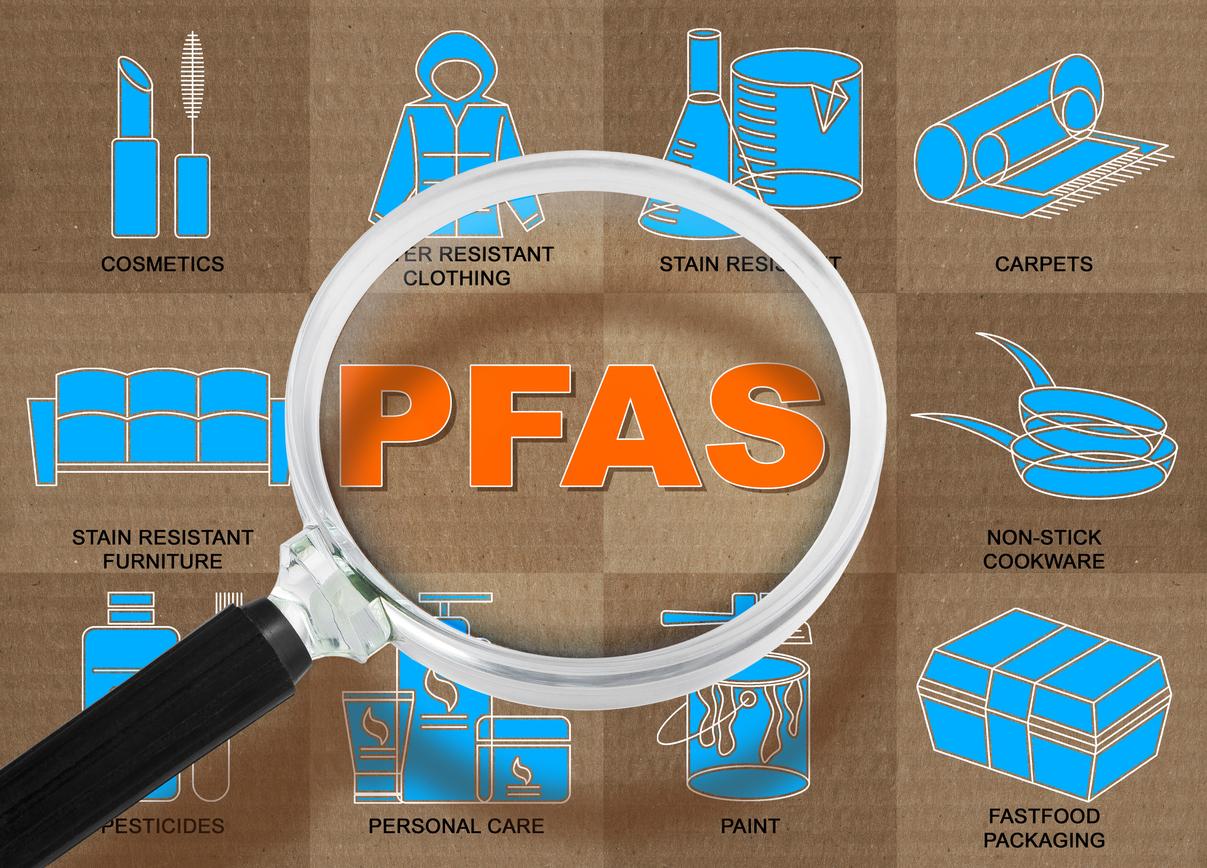Obesity, lifestyle habits, oral health, the health indicators for adolescents in year 3 are positive and encouraging.
Between 2004 and 2209, the obesity figures did not increase, adolescents have better lifestyles and take better care of their teeth.
But the results of the study published by the Department of Research, Studies, Evaluation and Statistics (DREES) also reveal that this assessment remains contrasted according to social origin and that inequalities persist.
Persistent weight differences
23% of college students in priority education zones are overweight against 17% in another college. 22% of adolescents whose parents are workers are overweight compared to only 12% of children of managers. Between 2004 and 2009, these percentages changed little, a sign of an absence of reduction in social inequalities.
Socially marked lifestyle
The results of this survey also showed that certain healthy lifestyle habits such as the regular practice of a sport or the taking of a copious breakfast concern more the most privileged populations. It is therefore the populations in greatest difficulty who are more affected by overweight.
Uneven improvement in oral health
Oral healthof adolescents improved slightly between 2004 and 2009. The number of adolescents with healthy, decay-free teeth increased from 52% to 56%. But prevention does not seem to have affected all socio-professional categories with the same effectiveness. In fact, the children of workers are also more likely to have at least one decayed tooth than the children of managers (58% against 34%). Likewise, children from well-off families more predominantly go to dentists for treatment. Thus, among adolescents who have at least one decayed tooth, it is treated in 88% of cases if one of the parents is a manager, and in 66% of cases among workers.
To improve the health of college students more generally, prevention should therefore be more targeted according to socio-professional categories.


















